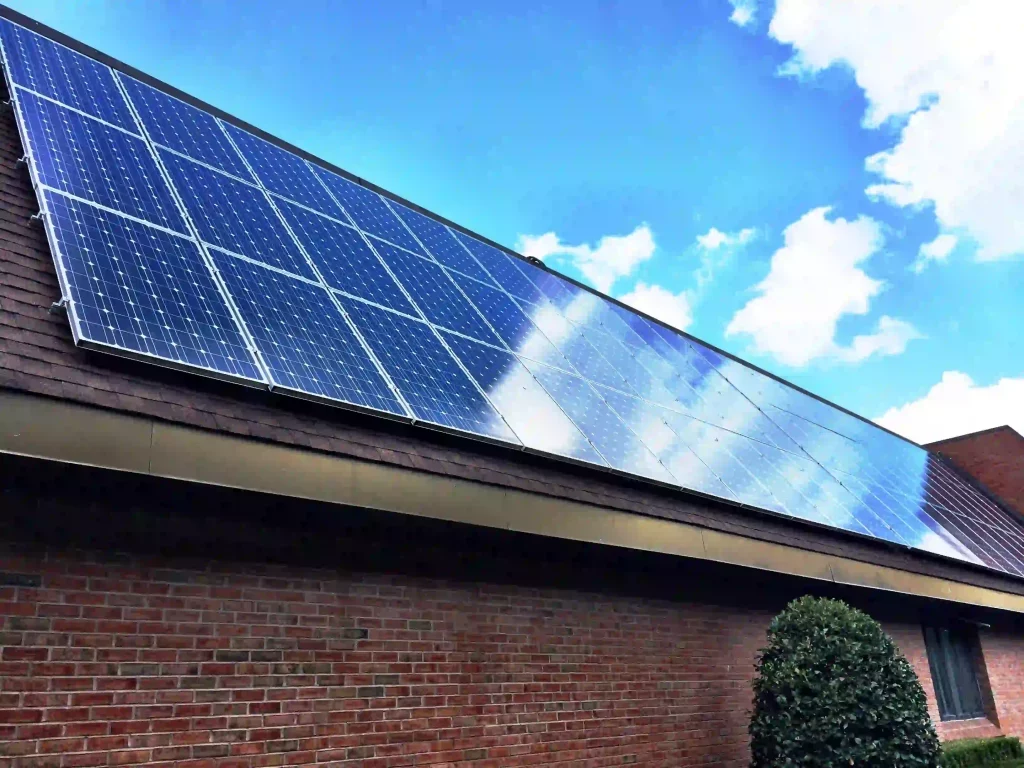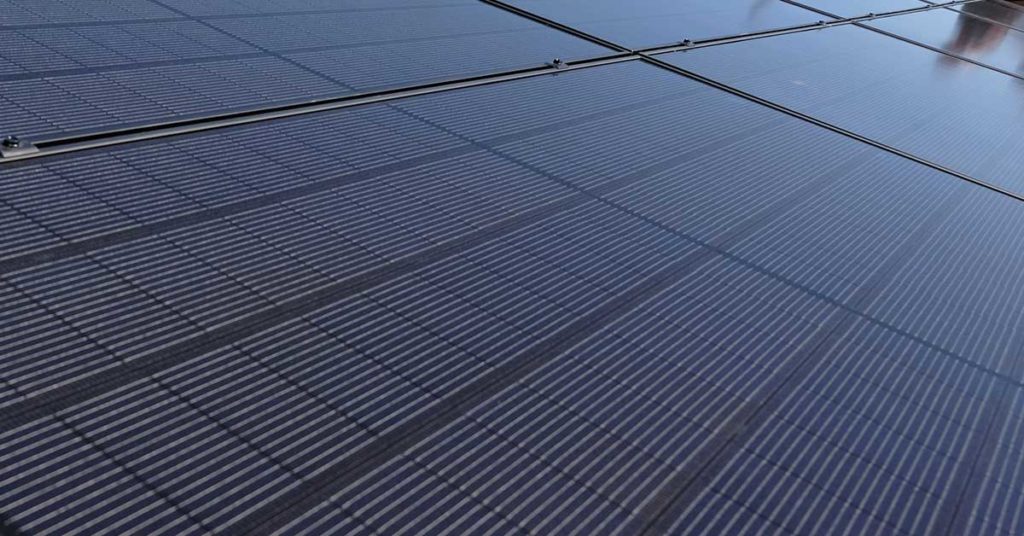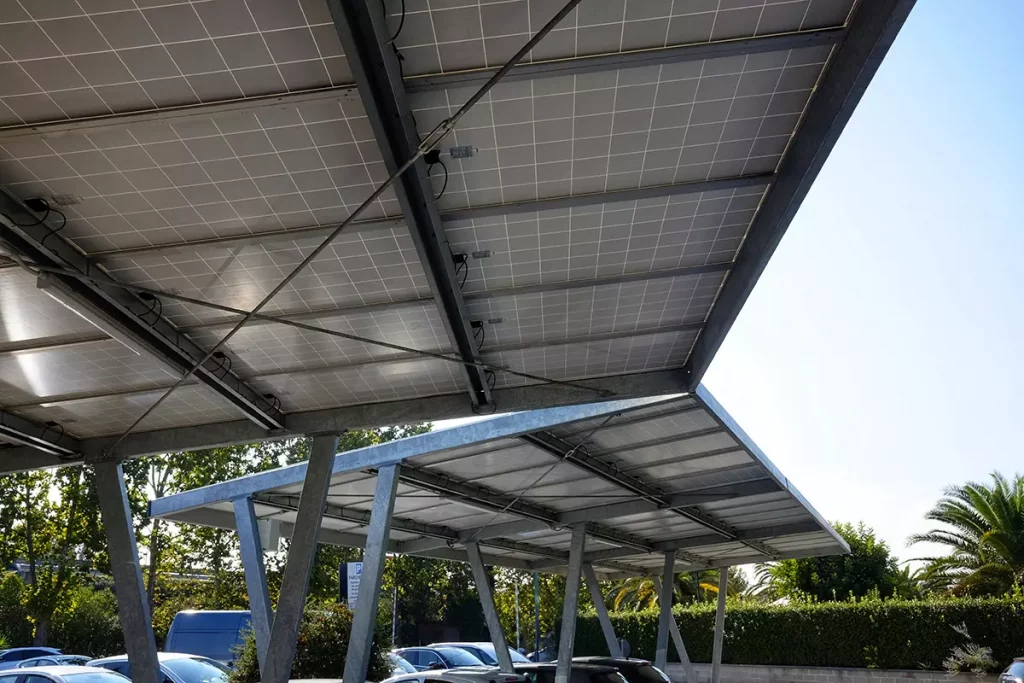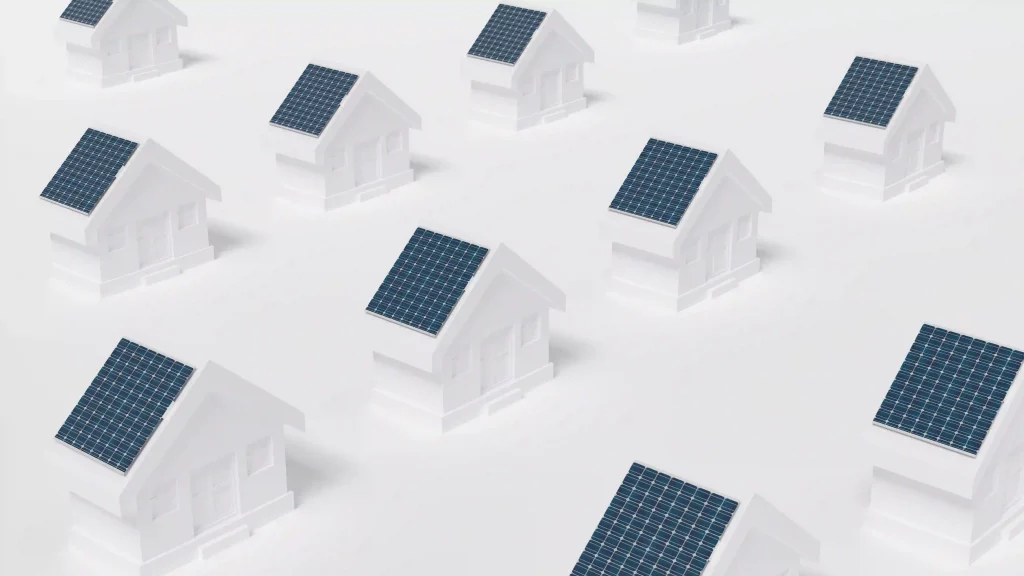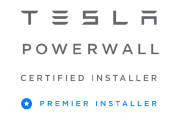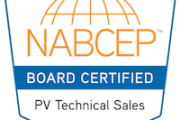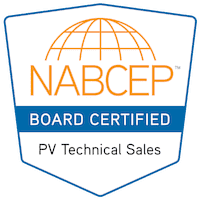Solar energy is a fast-growing industry. Over the past decade, the solar industry has increased its capacity from 5,000 MW (2010) to almost 90,000 MW (2020). The push for renewable solar energy will continue to grow, but what do we know about the types of solar panels?
Since the first solar panel was made in the 1950s, solar panel technology has continued to grow its capabilities and regularly changes its style.
Let’s look at how solar panels work, and the different solar panel types out today.
Types of Solar Panels
Solar panel designs offer four basic types. There have been different varieties throughout the years; you generally see monocrystalline solar panels, polycrystalline solar panels, PERC panels, and thin-film panels.
Monocrystalline Solar Panel
They are also called single-crystal solar panels. This panel type comes from a single silicon crystal cut into several wafers. Their use of pure silicon in manufacturing makes these the most space-efficient and longest-lasting solar panels.
However, they have a higher price tag due to the amount of silicon used and wasted in their production. That’s why you can hear them referred to as single-crystal solar panels.
Polycrystalline Solar Panel
These multiple silicon crystal panels are created from silicon fragments melted down and poured into a mold. You will notice the squares within the panel when you look at it, but know these are the most affordable solar panels in the market.
Unfortunately, they are less efficient than monocrystalline panels because they are less quality silicon and less efficient in high temperatures.
Passivated Emitter and Rear Cell (PERC) panels
PERC improves upon the monocrystalline solar cell, one of the newest types of solar panels. Manufacturers added a passivation layer in the rear surface of the cell that enhanced solar cell efficiency via:
- Reflecting light back into the cell increases solar absorption.
- Reducing electron recombination, which hinders electron flow.
- Protecting against wavelengths that heat cells and reduce their efficiency.
PERC solar panels are great for getting a good deal of solar energy generation in a smaller area.
Thin-film solar panels
Thin-film panels are flexible thin sheets of solar cells that do not require the mounting systems of the previously mentioned solar panel types.
These “panels” consist of Cadmium telluride (CdTe), Amorphous silicon (a-Si), and Copper indium gallium selenide (CIGS) materials, and they are pretty easy to mount and use relatively little material.
Most installers will use one of the first three panel types. It would seem like they are the better option.
However, between the toxicity in the materials and low efficiency, 15% or less, these panels are rarely used today. They were an earlier option in solar panel development that has been phased out of mainstream use.
Bifacial solar panel vs. Monofacial solar panel
Another type, or characteristic, of solar panels to know is bifacial and monofacial.
The default model for the panel types above is monofacial. That means the solar cells inside the panels only collect solar radiation from one side. The top cell area is the one installers orient to the best direction and angle, maximizing solar radiation exposure.
On the other hand, bifacial panels come with an open or transparent back that allows the solar panel to collect solar energy from both the front and back of the panel. This ability to use direct and indirect sunlight increases the output of bifacial panels compared to monofacial panels.
Bifacial solar panels are not commonly used for home solar installation. Home solar energy systems usually use rooftop solar systems for their homes.
And for business applications, the installers will attach solar panels to the side of the office buildings due to their location to improve efficiency due to the limited space.
However, suppose you have an open area on your property or space on top of your flat roof building and excellent ground albedo levels. In that case, bifacial panels are best for you.
Bifacial solar panel setups are also recommended if traditional monofacial panels can’t get owners the desired output.
Related Articles:
30% Solar Tax Credit Is Back! – Inflation Reduction Act
Benefits of Bifacial Solar Panels
Top 10 Facts About Solar You Probably Didn’t Know
Why Aren’t My Solar Panels Producing 100%?
Solar Panel Types Comparison
Each type of solar panel offers different capabilities, so let’s put them side-by-side to compare their efficiency, price tag, and power capacity.
Solar Panel Brand data shows that PERC solar panels are the new champion.
| Solar Panel Type | Efficiency (%) | Solar Panel Cost ($/watt) |
Power Capacity (watts/panel) |
| Monocrystalline | 20 and up | 1.00 – 1.50 | 300 |
| Polycrystalline | 15 – 18 | 0.70 – 1.00 | 240 – 300 |
| PERC | 25 and up | 0.32 – 0.65 | 300 or higher |
| Thin Film | 15 or less | 0.43 – 0.70 | Variable but less than other types |
Still, many monocrystalline and polycrystalline solar panels will make up your larger solar arrays (utility grade). Either way, professional solar installers can analyze your unique situation and help you make the best decision.
How Solar Panels Work
Solar cells, the small parts within a solar panel, utilize the many photons from the sun. Our planet receives enough solar energy to create approximately 1,000 watts of power per square meter. That’s quite a bit. The issue is, and this is where you hear about the panels’ efficiency, solar cells can only harness 18% – 26% of that energy.
Your average solar panel will get you at least 20% of that potential energy. That may not seem like much, but most people can power their homes from 16 – 20 panels, roughly 192 – 204 square feet.
Back on solar cells, the cells consist of a few different layers composed of different materials, such as silicon, boron, and phosphorus. When the sunlight’s photons contact this material, the boron produces a positive charge, while the phosphorus generates a negative charge.
The silicon wafers become the semiconductor.
The silicon’s electrons are “knocked out” by the photons and pushed into the solar cells generated electrical field, creating a directional flow of current. After all, electricity is just electrons flowing through our wires.
Voila! You have a moving current directed and changed to AC electrical current for our homes to utilize. Simple, right?
Like many items today, different solar panel brands are synonymous with quality and appeal.
Manufacturers such as Trina, REC, LG, Panasonic, and Hyundai are members of solar’s top-tiered panel class, especially for home installs. They provide the high-end side of quality, capacity, durability, and efficiency.
Option One Solar only carries these brands to provide its customers with the best system quality. Get started today with a first-class solar system for your home.

